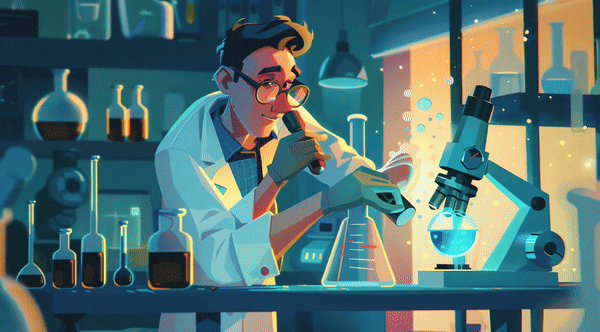Botox is a brand name for a popular neurotoxin that affects the ability of the brain to send contraction signals to the body. These days, Botox injections are some of the most common cosmetic procedures in the United States. Here is a quick guide to the chemical and how it’s used today.
What Is It Used For?
Botox is used for many medical and cosmetic procedures that involve the prevention of muscle contraction. It is a neurotoxin that prevents signals from being sent from the brain to muscles in areas where it has been injected. For this reason, it has regularly been used to treat facial tics and ‘lazy eye’ conditions.
It is best known as the chemical used in wrinkle-relaxing procedures that have been developed to help people combat the aesthetic impact of aging. Cosmetic patients typically receive Botox injections in their forehead and cheeks – targeting common areas where wrinkles naturally form over time.
How Was It Discovered?
The bacteria that harbor botulinum toxin were first pinpointed due to an outbreak of the illness botulism. This illness is usually spread through tainted meat containing the chemical and causes unwanted muscle relaxation. Belgian bacteriologist Emile Van Ermengem successfully isolated the chemical after a fatal outbreak of the illness caused by tainted ham.
In the early 20th Century, scientists managed to isolate purified versions of the chemical. Unfortunately, these were put to use as weapons before they were adopted for use as cosmetics. The Japanese military experimented with the injection of huge doses into the bodies of prisoners of war. The US military also trained Chinese sex workers to inject Japanese officers with the chemical in order to kill them clandestinely.
In the 1960s, research into the possible medical use of the chemical began. Because Botox causes muscle relaxation, it was found that it could help people with severe muscle contractions.
When Was It Adopted By Cosmetic Practitioners?
Botox has been used for the treatment of ‘lazy eye’ medical conditions by many doctors in the United States and Canada since its discovery. In 1987, a Canadian doctor by the name of Jean Carruthers was treating blepharospasm (an eye muscle contraction) in a female patient.
The patient complained that he was not injecting some of the botulinum toxin into her forehead – claiming that doing so would remove the appearance of her wrinkles. She was, as it turned out, completely correct. These days, Botox is one of the most popular wrinkle relaxers in the Southwest USA and the rest of the country – and, indeed, all over the globe.
Does It Have A Future?
Botox and other neurotoxins remain extremely popular in the world of cosmetics. They are primarily useful because of how noninvasive the injection of these chemicals is. Botox is absorbed back into the body naturally after 3 to 4 months, leaving behind no lasting side effects and allowing the muscles and skin to operate normally.
Botulinum toxin – the chemical name for Botox – has been found to have no noticeable lasting detrimental side effects in healthy patients. For this reason, the chemical has a certain future in cosmetics – as well as in medicine.
Digital Health Buzz!
Digital Health Buzz! aims to be the destination of choice when it comes to what’s happening in the digital health world. We are not about news and views, but informative articles and thoughts to apply in your business.


